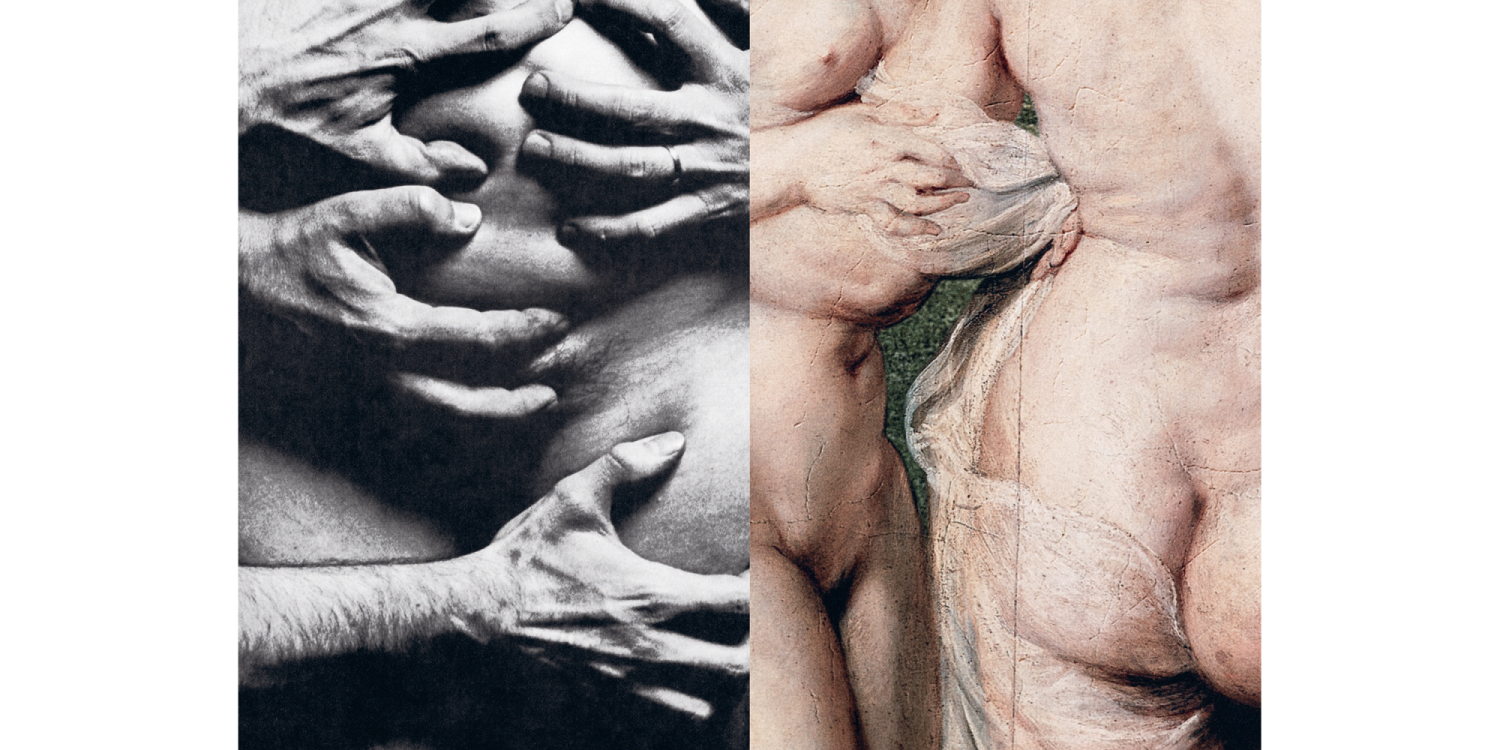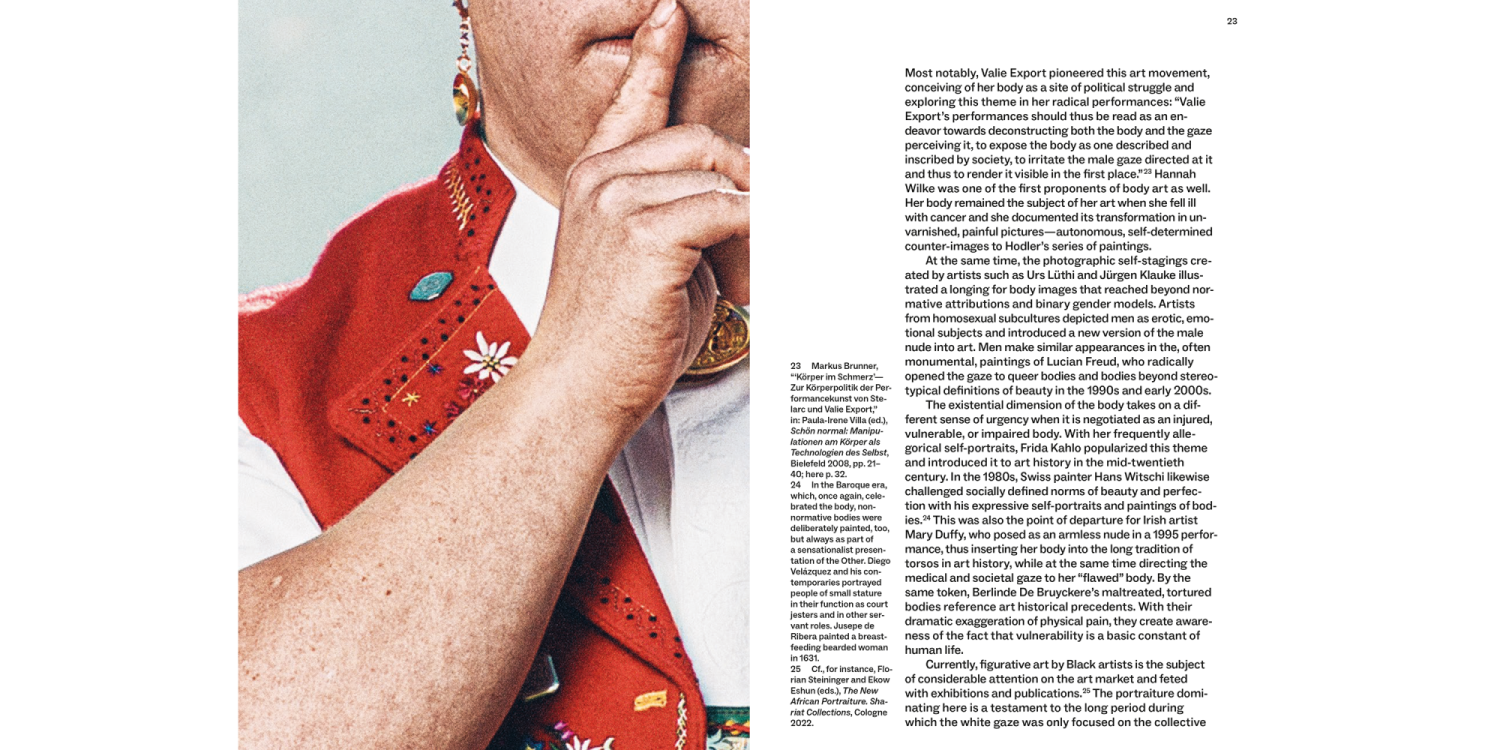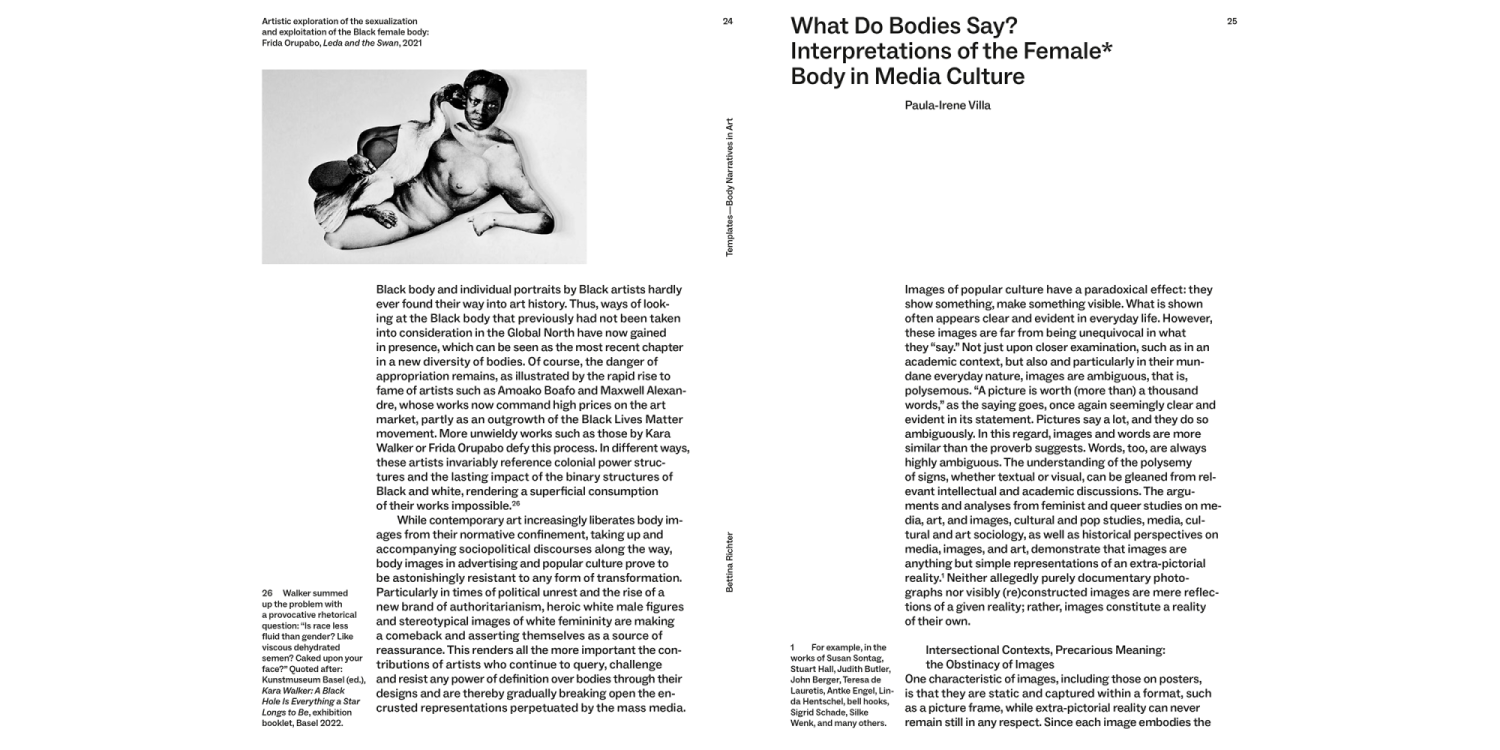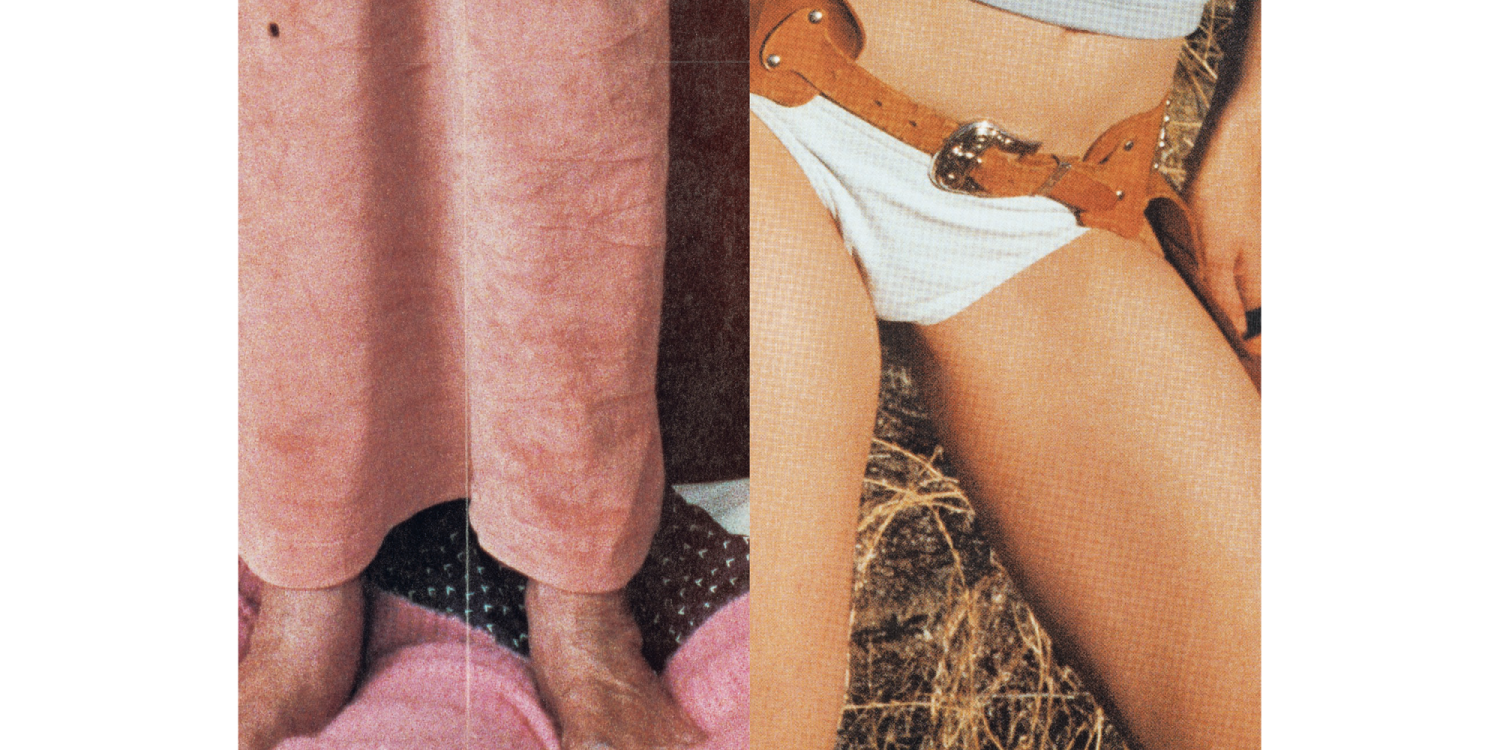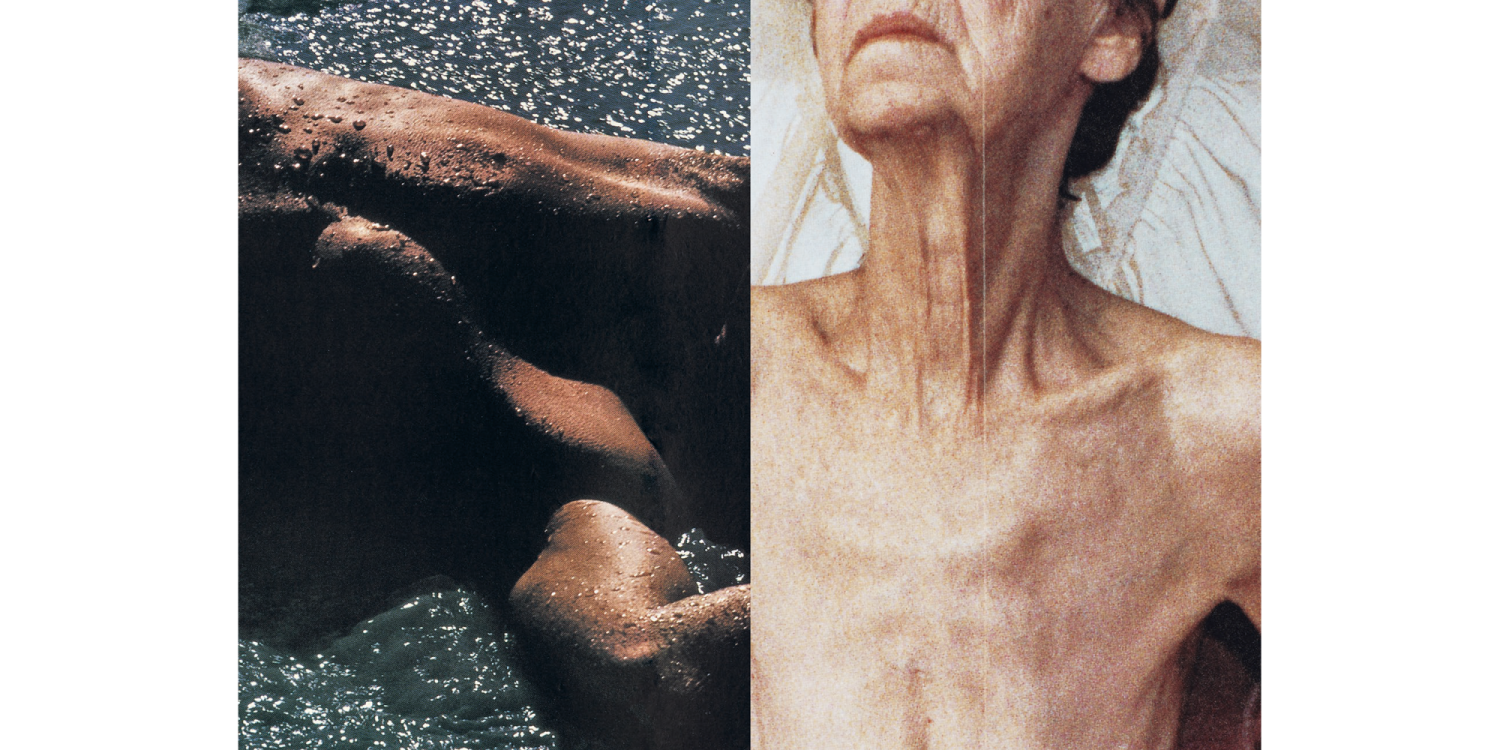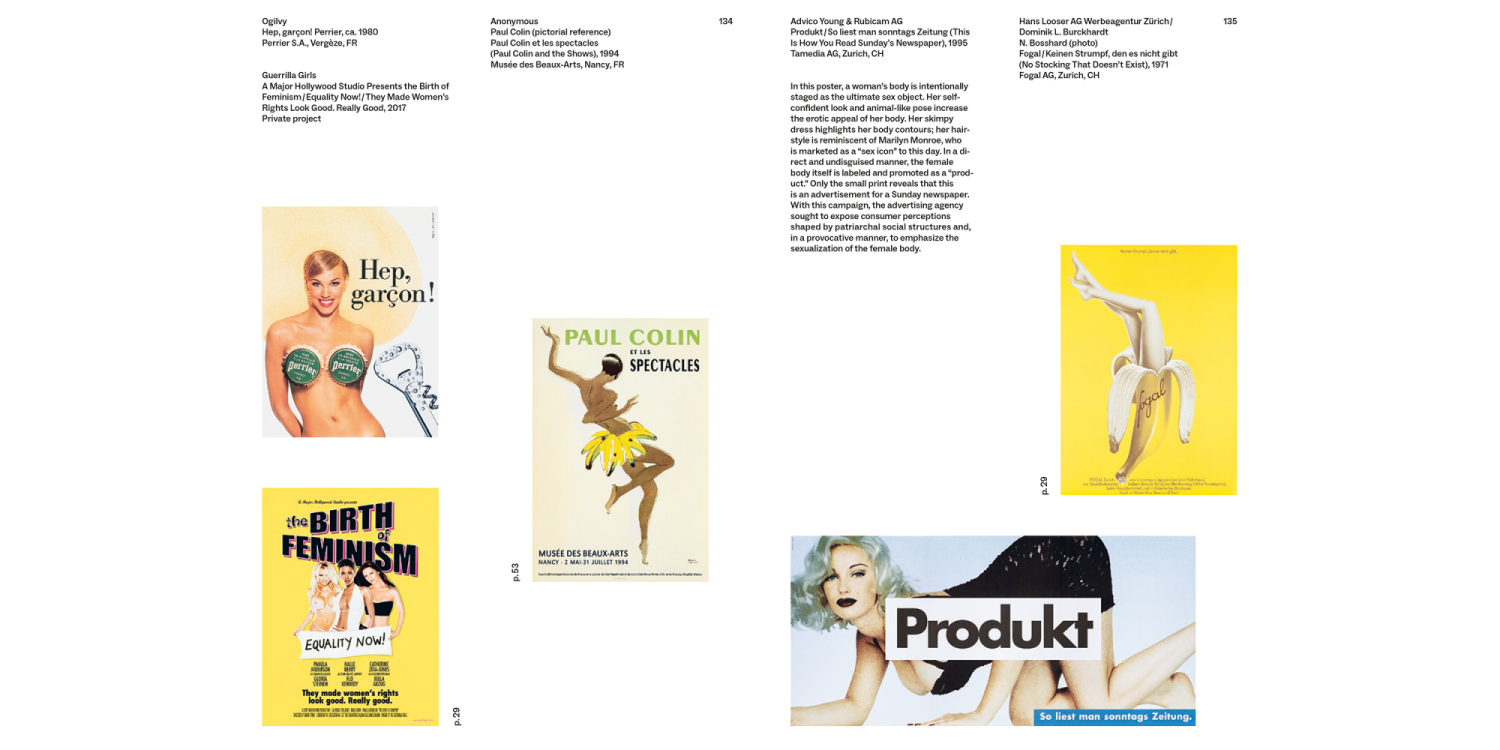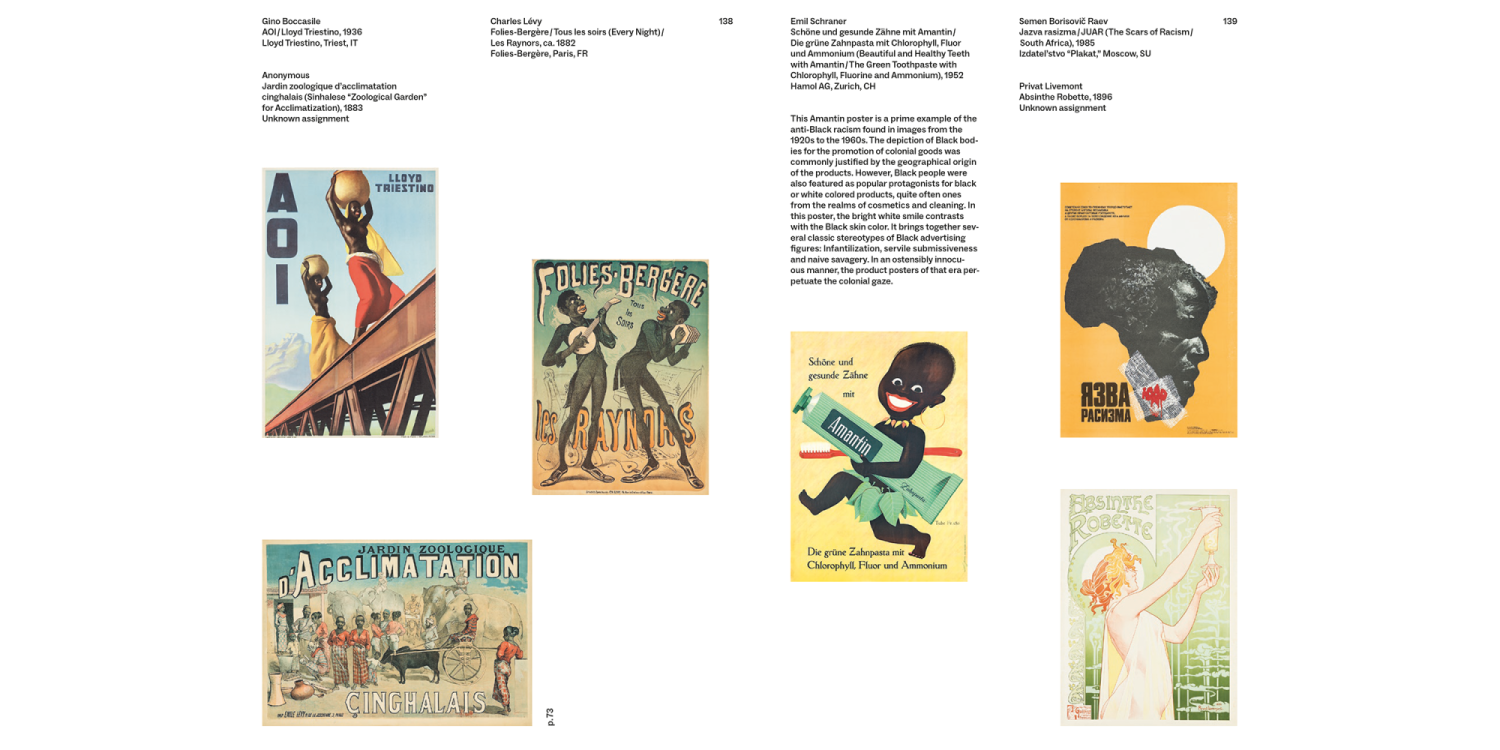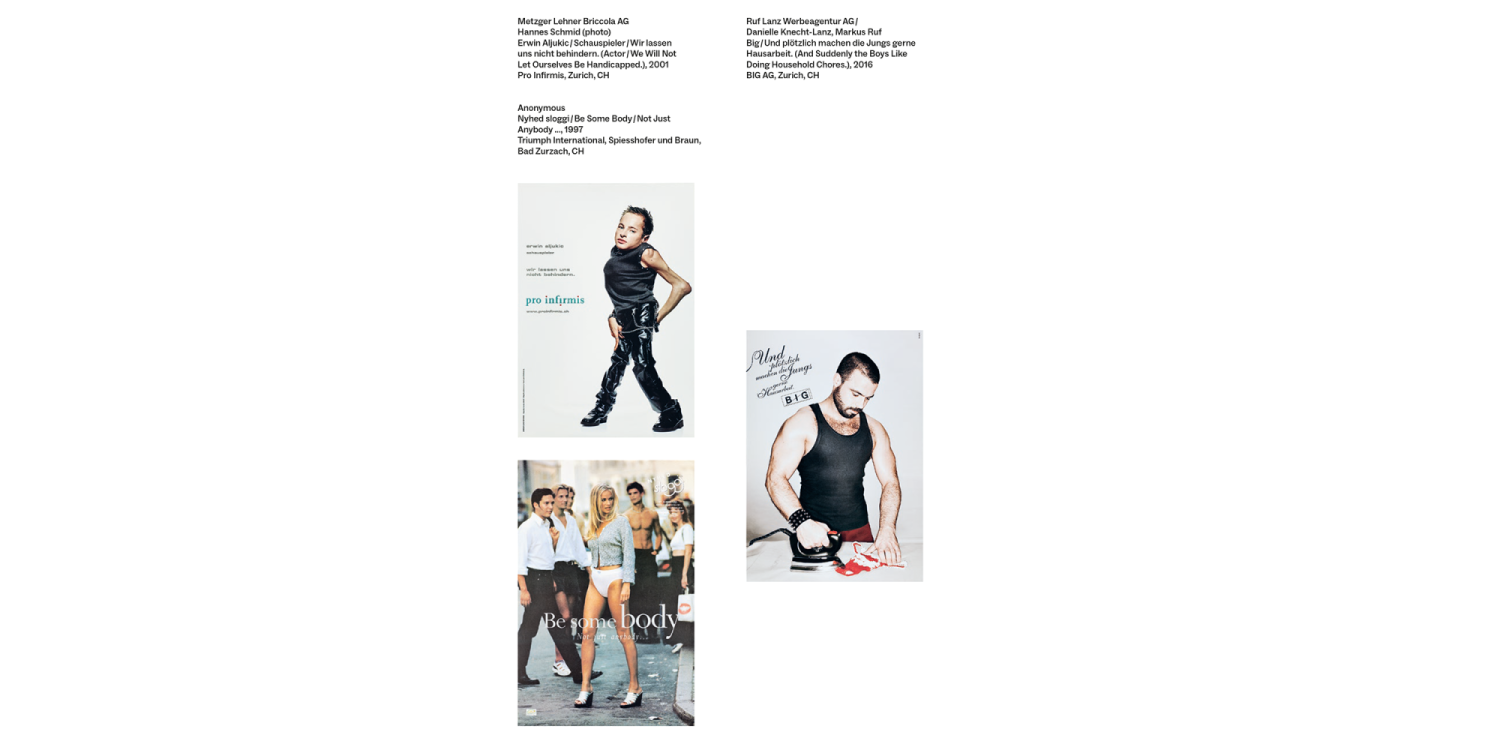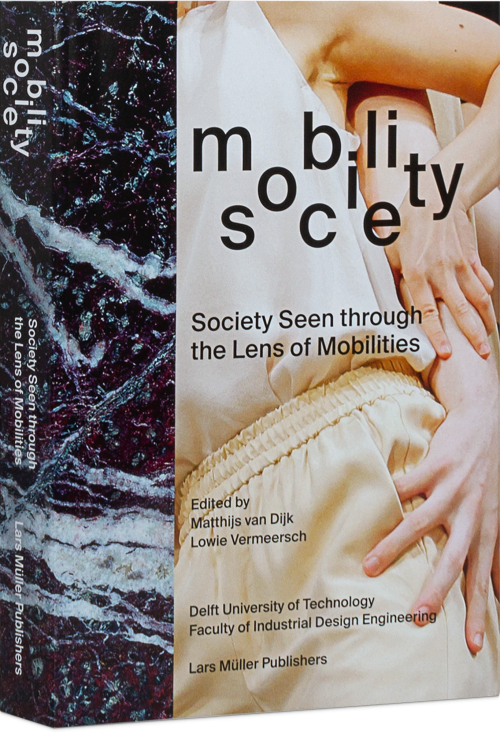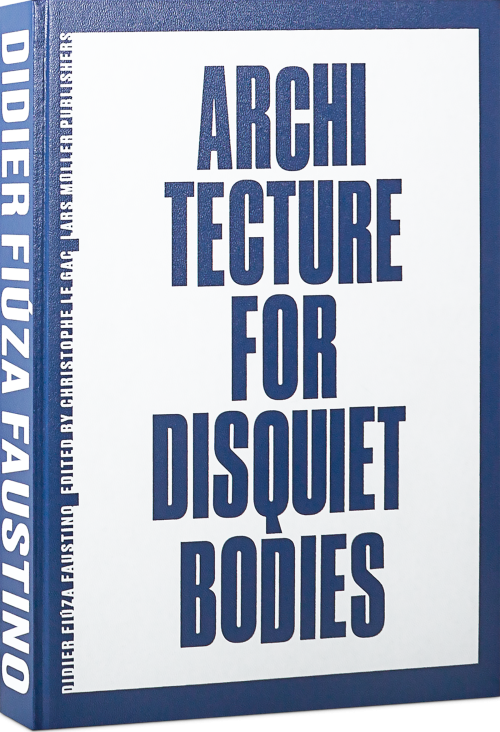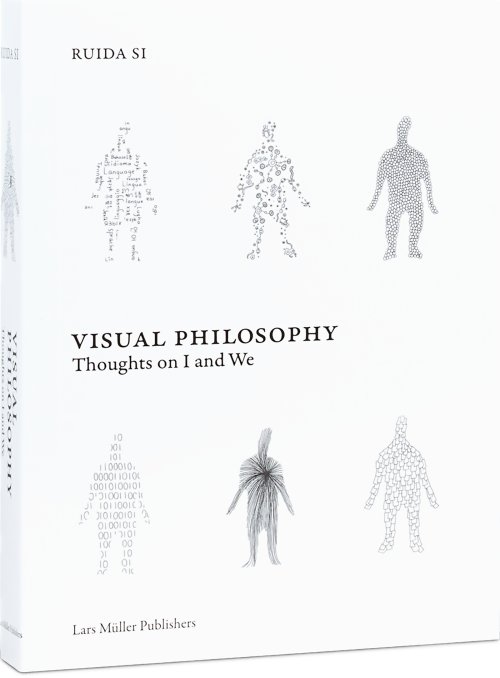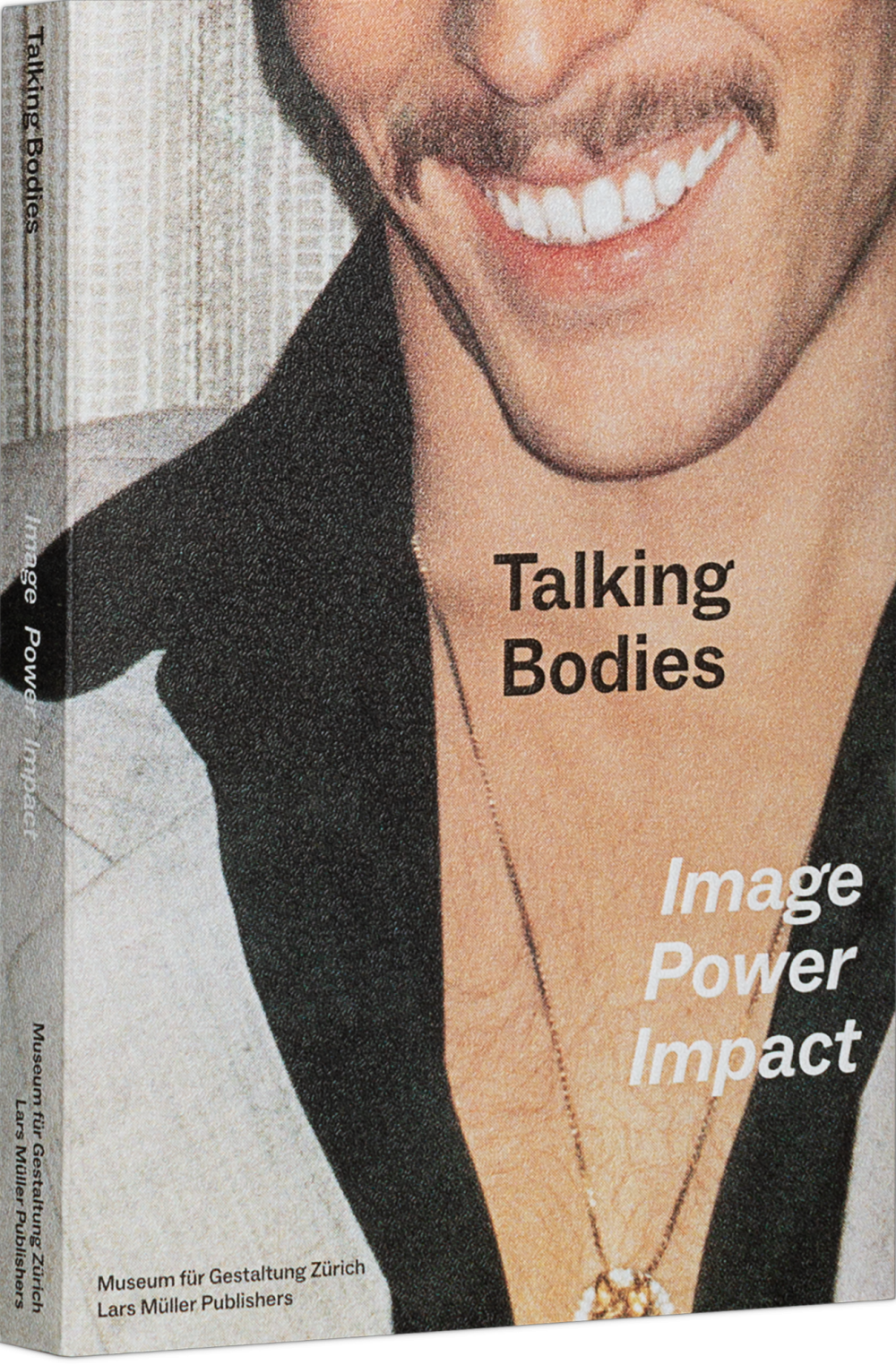
Talking Bodies
Image, Power, Impact
Bodies are classified by category and incorporated into narratives that are invariably oriented toward a supposed norm, one that, in turn, can mostly be understood as a system of belonging or exclusion. Non-binary, queer, ill, disabled, old and Black bodies are strikingly underrepresented and only come into view when their depiction is motivated by the message. As much as generalizing is essential to quick communication, it is also dangerous. Power relations and norms with respect to gendered, racialized and nonnormative bodies are continually upheld, adding legitimacy to their marginalization and discrimination.
“Talking Bodies” examines different mechanisms of representation of the body in media cultures—from stereotypical forms of gender representation to the persistence of the regime of the white gaze and to self-staging on social media—and situates them in a cultural, historical and sociological context. This publication brings together international posters from a wide range of categories and reveals continuities as well as changes and deviations in the depiction of the human body. Unsettling and even provocative poster compositions provide food for thought and inspire the discovery of new visual dialogues. “Talking Bodies” strives to promote a critical reappraisal of media images of the body.
Bodies are classified by category and incorporated into narratives that are invariably oriented toward a supposed norm, one that, in turn, can mostly be understood as a system of belonging or exclusion. Non-binary, queer, ill, disabled, old and Black bodies are strikingly underrepresented and only come into view when their depiction is motivated by the message. As much as generalizing is essential to quick communication, it is also dangerous. Power relations and norms with respect to gendered, racialized and nonnormative bodies are continually upheld, adding legitimacy to their marginalization and discrimination.
“Talking Bodies” examines different mechanisms of representation of the body in media cultures—from stereotypical forms of gender representation to the persistence of the regime of the white gaze and to self-staging on social media—and situates them in a cultural, historical and sociological context. This publication brings together international posters from a wide range of categories and reveals continuities as well as changes and deviations in the depiction of the human body. Unsettling and even provocative poster compositions provide food for thought and inspire the discovery of new visual dialogues. “Talking Bodies” strives to promote a critical reappraisal of media images of the body.
English edition – also available in German

